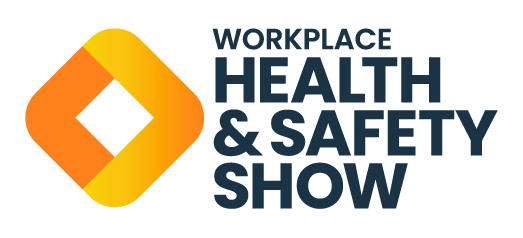Oops! This Page Can’t Be Found 👀
It looks like you’ve landed on a page that doesn’t exist. But don’t worry, we can help you find your way!
🔎 Here’s how to get back on track:
- Return to the Home Page
- Explore Exhibiting Opportunities
- Check out our Latest News
Still can’t find what you’re looking for? Reach out to us here, and we’ll be happy to help!
